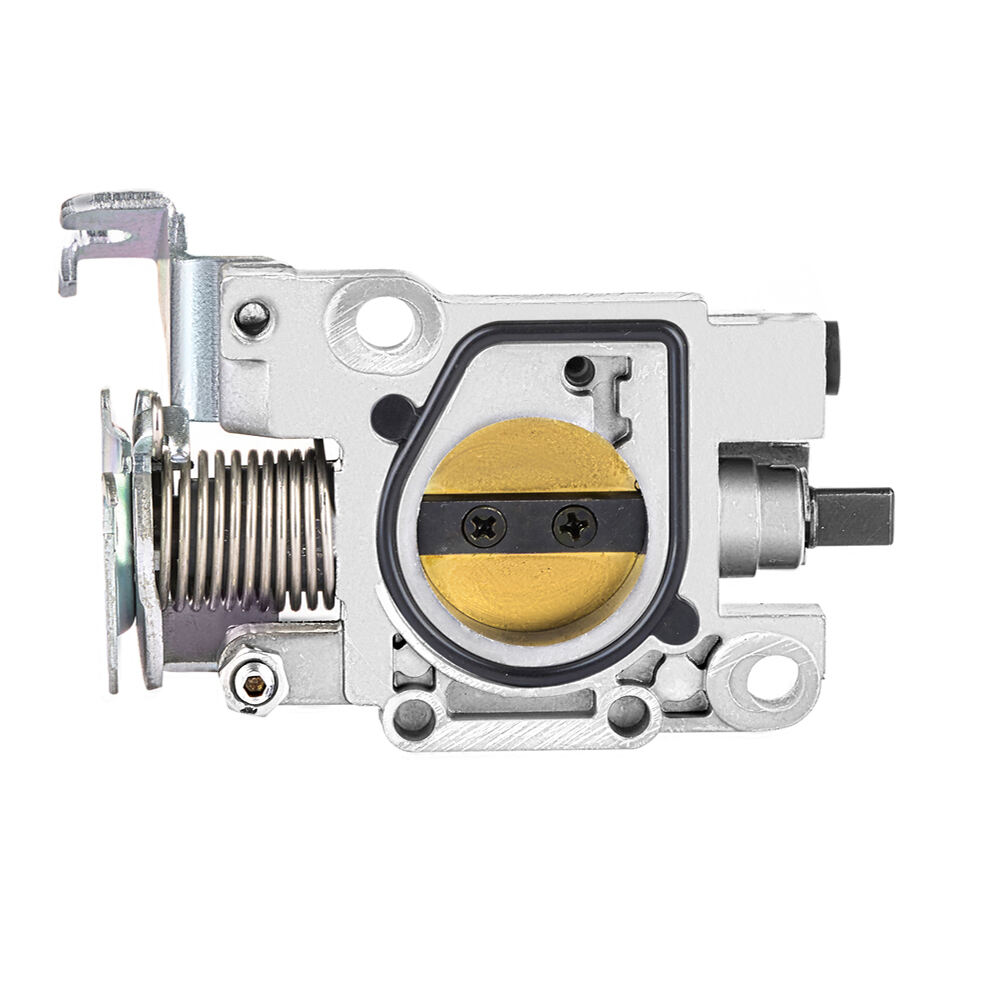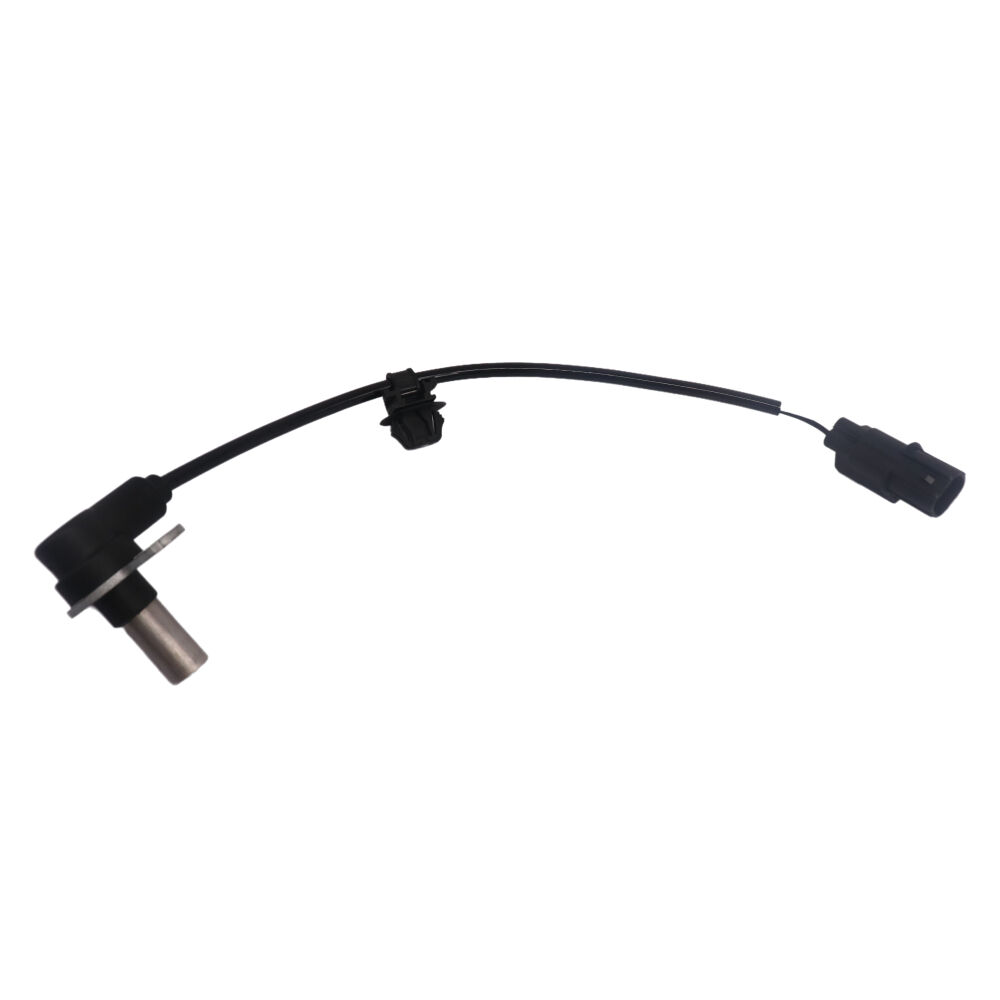map flow sensor
A MAP (Manifold Absolute Pressure) flow sensor is a critical component in modern engine management systems, designed to measure and monitor the pressure of air flowing through an engine's intake manifold. This sophisticated device works by converting pressure measurements into electrical signals that the engine's control unit can interpret and use to optimize engine performance. The sensor continuously monitors air density and pressure changes within the intake manifold, providing real-time data that helps determine the optimal fuel-to-air ratio for combustion. Operating through a combination of pressure-sensitive semiconductors and advanced microprocessors, MAP flow sensors can detect minute pressure variations with exceptional accuracy. These sensors play a vital role in ensuring efficient engine operation across various driving conditions, from idle to full throttle. In automotive applications, MAP flow sensors work in conjunction with other engine management components to maintain optimal performance while meeting stringent emissions standards. The technology has evolved significantly, now incorporating temperature compensation and digital signal processing capabilities to enhance accuracy and reliability. Modern MAP flow sensors also feature self-diagnostic capabilities, allowing for early detection of potential issues and maintaining consistent engine performance over time.


